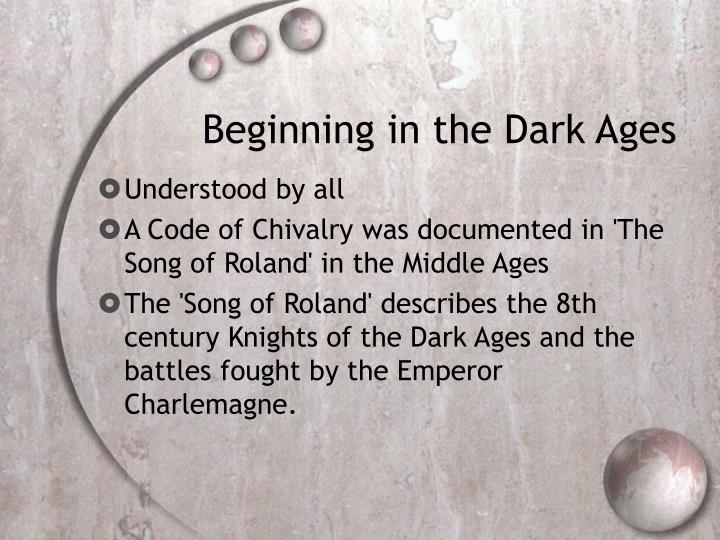

The Emperor is locked in a war with the implacable “Saracens” of Spain, and at Roland’s suggestion he sends Roland’s stepfather Ganelon to negotiate a peace. Charlemagne’s chief knight, Roland, is the paragon of heroic virtues: brave and bold, he wields the magical holy sword Durendal, matched only in sharpness and power by Charlemagne’s own Joyeuse. It is set at the court of Emperor Charlemagne, who is depicted as a wise old man over 200 years in age, with a flowing white beard and gimlet-sharp eyes. The Song of Roland itself is a rip-roaring tale of honor, betrayal, and revenge. The Betrayal of Roland Charlemagne (top) mourns the death of Roland, from the Battle of Roncevaux Pass, by Jean Fouquet, 15th century via the BBC This was a poem that was read aloud in court, to joy and despair - and, as we shall see - to convey its moral and ideological content. This would give a jongleur (an Anglo-Norman bard) a fantastic range of performative options: altering the tempo, playing with the mid-line caesura, emphasizing the repeating vowel sounds, and so on.

The poem’s form gives us a clue to this as well - it is written in what linguists call “assonal laisses”: irregular stanzas made up ten-syllable lines that echo each other’s vowel sounds, rather than a strict rhyme. 1300 CE, via Heidelberg University LibraryĪlthough most literate people would have been able to read ecclesiastical Latin, which was the universal language of the Medieval World, the fact that this epic was written in vernacular Anglo-Norman shows us something important: it was meant to be read comparatively widely, and likely read aloud as a performance. There are fragments of several other earlier texts and poems that mention Roland, but the Oseney Abbey text is the only text of such epic scale and breadth: it stretches to over 4,000 lines! Due to the lack of surviving evidence, we cannot be sure of the exact time of the emergence of the Chanson de Roland in its “final” form, but historians have dated it somewhere between 1040 CE (the emergence of Crusader ideology in Western Europe) and 1125 CE (the Oseney Abbey text).Ī Poem to be Read Aloud A troupe of jongleurs entertaining at court – these bards would play instruments, perform plays and read epic poetry, from the Codex Manesse, c. He ended up as a literary figure, who was transformed by self-conscious authors into a vessel for a moral message. The Oseney Abbey text probably represents the end-point of a long process of evolution for the story of Roland - from a semi-historical figure, whose cult spread by word-of-mouth in the years after his death, to a mythic allegory for everything that is right and noble. It was written sometime in the second quarter of the 12th century (around 1120 CE), likely a copy of an earlier version. The pages themselves are badly faded and are written in Anglo-Norman French, a dialect of Old Norman French that would have been spoken by England’s new ruling class in the aftermath of the Norman Conquest. What today we call the Song of Roland has come down to us in a single text, which survived among a collection of 13th-century papers from Oseney Abbey, Oxfordshire, UK (categorized as MS Digby 23). The Song of Roland: A Text From Oseney Abbey A page of the only surviving text of the Song of Roland, written in the early 12th century and found amongst the papers of Oseney Abbey, Oxfordshire, via the Bodleian Library


 0 kommentar(er)
0 kommentar(er)
